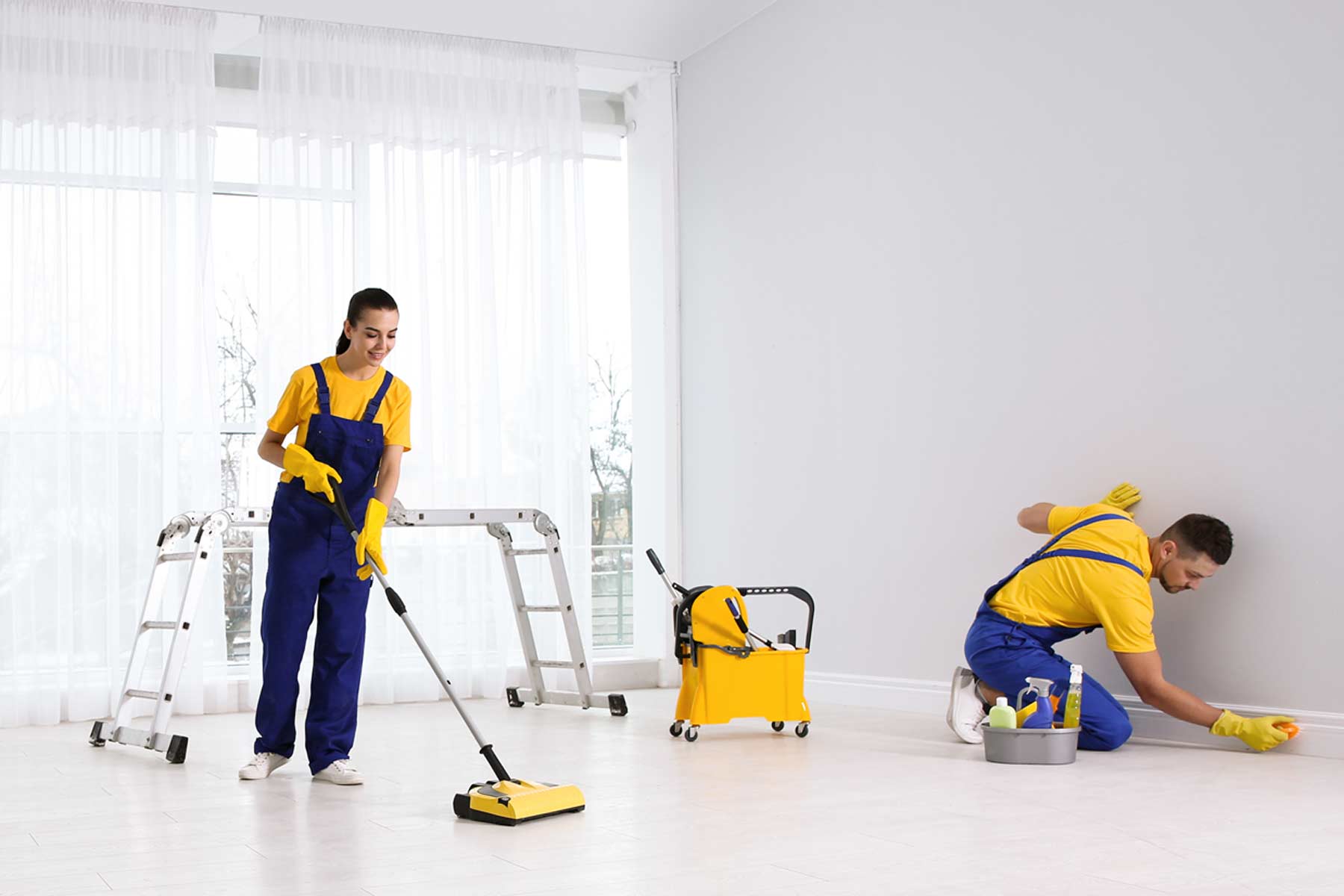Building cleaning is an essential aspect of maintaining a safe, healthy, and aesthetically pleasing environment. Whether it’s an office, residential complex, or industrial facility, regular cleaning ensures longevity and functionality. In this comprehensive guide, we’ll explore the importance of building cleaning, effective techniques, and best practices to keep your space spotless.Why is building cleaning so important? Here are a few key reasons:
- Health and Safety: Regular cleaning reduces the spread of germs, allergens, and pathogens, creating a healthier environment for occupants.
- Productivity: A clean workspace boosts employee morale and productivity by minimizing distractions and creating a professional atmosphere.
- Longevity: Proper maintenance extends the life of building materials, reducing repair and replacement costs.
- First Impressions: A well-maintained building leaves a positive impression on visitors, clients, and tenants.
Now, let’s dive into the techniques and best practices for effective building cleaning.1. Dusting and Surface CleaningDusting is a fundamental step in building cleaning. Use microfiber cloths or electrostatic dusters to capture dust particles effectively. Pay attention to high-touch surfaces like door handles, light switches, and countertops. For deeper cleaning, consider using disinfectant wipes or sprays to eliminate bacteria and viruses.2. Floor CareFloors endure heavy foot traffic and require regular attention. Here’s a step-by-step approach:
- Sweep or vacuum to remove loose dirt and debris.
- Mop with a suitable cleaner based on the flooring material (e.g., hardwood, tile, or carpet).
- For carpets, schedule periodic deep cleaning to remove embedded dirt and stains.
3. Window and Glass CleaningStreak-free windows enhance natural light and improve the building’s appearance. Use a squeegee and a mixture of water and vinegar or a commercial glass cleaner. Don’t forget to clean window frames and sills to prevent dirt buildup.
4. Restroom SanitizationRestrooms are high-risk areas for germs. Focus on:
- Disinfecting toilets, sinks, and faucets.
- Restocking soap, paper towels, and toilet paper.
- Cleaning mirrors and floors to maintain hygiene.
5. Waste ManagementProper waste disposal is critical for cleanliness and odor control. Ensure trash bins are emptied regularly and lined with bags. Recycling and composting should also be part of your waste management plan.6. High-Traffic Area MaintenanceEntrances, lobbies, and hallways require frequent cleaning due to constant use. Place mats at entryways to reduce dirt tracked inside. Regularly clean these areas to maintain a welcoming environment.7. HVAC and Ventilation CleaningDirty air ducts can circulate dust and allergens. Schedule professional HVAC cleaning to improve air quality and system efficiency. Replace filters regularly to ensure optimal performance.8. Green Cleaning PracticesEco-friendly cleaning products reduce environmental impact and are safer for occupants. Look for certifications like Green Seal or EPA Safer Choice. Additionally, consider using reusable cleaning tools to minimize waste.9. Pest ControlRegular cleaning helps prevent pest infestations. Seal cracks, store food properly, and eliminate standing water to deter pests. If needed, hire a professional pest control service.10. Seasonal Deep CleaningBeyond daily maintenance, schedule deep cleaning sessions seasonally. This includes tasks like pressure washing exteriors, cleaning gutters, and shampooing carpets.In conclusion, building cleaning is a multifaceted process that requires attention to detail and consistency. By implementing these techniques and best practices, you can ensure a clean, safe, and inviting environment for everyone. Whether you manage a small office or a large commercial building, prioritizing cleanliness will pay off in the long run.

